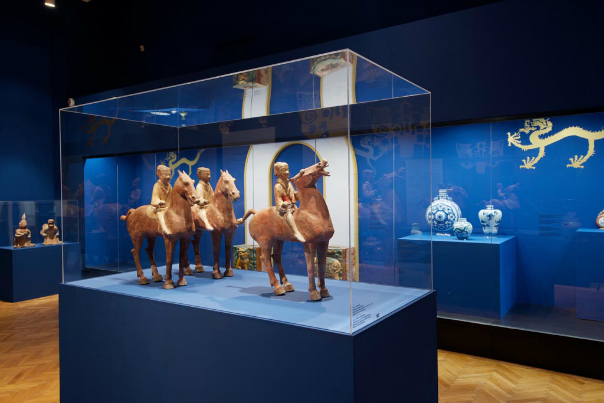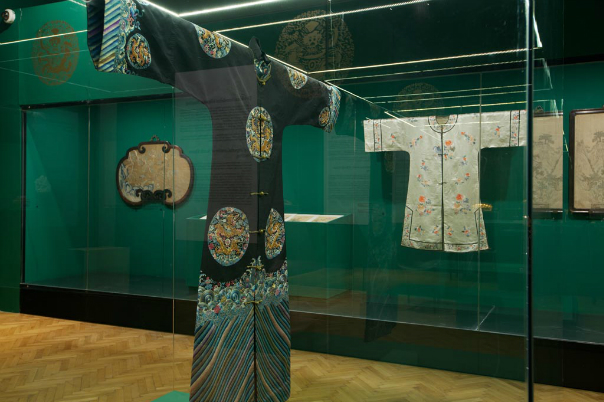Rivers of Mercury and golden temples
CHINA
After enthralling Prague, the Treasures of Ancient China have arrived in Budapest. It is an exhibition comprising objects which are from Chinese collections and not from European ones.
| Götz Eszter |
2015-02-14 09:38 |
The last time a Chinese collection from China appeared in Hungary was in 1988 when eleven soldiers of the splendid Terracotta Army were on display. The present exhibition in the Museum of Fine Arts in Budapest is a selection of three large Chinese collections and the objects do not only illustrate the amazing level of technical expertise ancient Chinese artist possessed, but it also depicts an ancient culture in its 7000-year continuity.

When regular archaeological research started in China in the 1920s, researchers realized that the written sources of Chinese history are far from scientifically reliable, because, unlike their European counterparts, they are often myths and not precise, objective descriptions. In the light of the excavated material, the supposedly true history of the ruling dynasty vanished into thin air, however it was justified that the legendary emperor, Qin Shi Huangdi, who united China in 221 BC, is indeed protected in his grave by thousands of terracotta soldiers. While the tomb itself has not been excavated yet, state-of-the-art devices indicate that the accounts are true: between the rivers of mercury, there is indeed a vast scale model of an underground city. Two of the terracotta soldiers are now in Budapest again, and with them another 150 bronze, jade, silver, porcelain, terracotta and silk objects from the Neolithic-age to the 18th century.

The three collections cover the histories of three larger areas and supply this selection with objects from three different periods respectively. Consequently we seem to be going through three different exhibitions, but the continuity is palpable. The selection is thorough, and it focuses on the cultural-historical turning-points; from the burial urn hidden in a grave in 5000 BC to the colourful embroidered gowns. The myth created and maintained by Chinese historiography are now disproved, and it is clear that in this huge area, Neolithic cultures thrived parallelly in several centres and it is also clear now that reality proves to be much more exciting than the legends. Findings with geometric ornaments from stone-age tombs, jade jewellery chiselled with a unique technique, bronze ritual dishes with dragon eyes, chiselled coins which are linked to the birth of Chinese writing, bones used for fortune-telling are all unparalleled rarities. Their patterns, shapes and motifs stretch along Chinese cultural-history and behind every object centuries of tradition is perceivable steeped with a special mixture of technical perfection and individual expression.

The exhibition in The Museum of Applied Arts offers an easily comprehensible chronological display and numerous types of raw materials and techniques which help the visitors find their way in this unknown universe. It displays what was excavated from tombs explaining the burial traditions of the different dynasties, and through the traditions and the objects which represent the underworld, the visitor also understands the customs, quality and aesthetics of the contemporaneous worldly life. The objects standing for the merchants of the Silk Road, the female ideals or the symbols of power are all among what came up from the graves. Only the last room features some objects not coming from underground: garments and objects belonging to palaces and temples date back to what we call Early Modern Times in Europe. This is the room where the strong influence of Tibetan Buddhism is in the focus with unique objects like small scale versions of Tibetan temples or the turquoise, gold plated incense holders. The exhibition is just big enough not to overburden the visitor who will encounter exceptional beauty from remote times and places.
Open 6 February – 19 April 2015